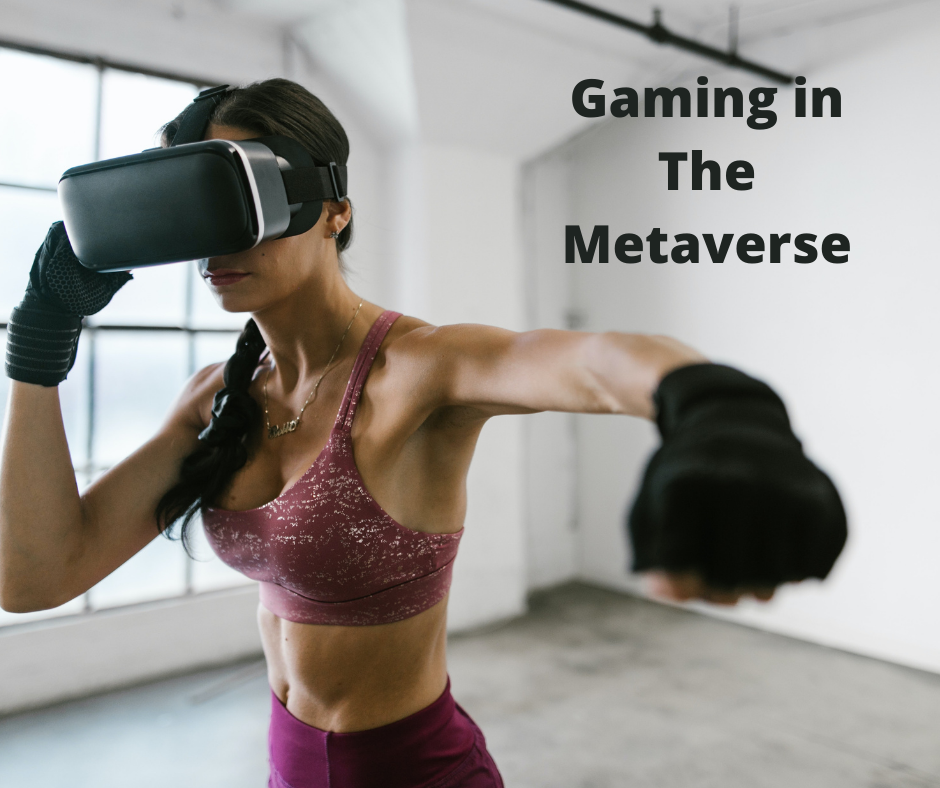Blockchain technology represents a decentralized ledger system that offers a secure, transparent, and unalterable method of recording information. Each record, termed a ‘block,’ carries a time stamp along with a link to the previous block, making it virtually impossible to alter past records. Operating on a decentralized network means that no single entity has control over the blockchain, significantly boosting its resilience against interference or manipulation.
The potential applications of Blockchain are numerous and far-reaching, with the potential to revolutionize everything from financial markets to healthcare. In its most basic form, Blockchain can be used as a digital ledger to track transactions.
However, the possibilities don’t stop there. With the addition of smart contracts, Blockchain can also be used to facilitate complex legal agreements or financial transactions. The possibilities are truly endless. So far, Blockchain has been mostly associated with cryptocurrencies like Bitcoin.
However, the potential uses of Blockchain extend far beyond this one use case. As more people and businesses begin to explore the potential of this groundbreaking technology, we are sure to see even more amazing applications emerge.
Blockchain as A Data Structure
A blockchain data structure is a digital ledger of all cryptocurrency transactions. It is constantly growing as “completed” blocks are added to it with a new set of recordings. Each block contains a cryptographic hash of the previous block, a timestamp, and transaction data. Bitcoin nodes use the blockchain to differentiate legitimate Bitcoin transactions from attempts to re-spend coins that have already been spent elsewhere. The blockchain data structure is crucial for maintaining the integrity of the cryptocurrency system, as it enables consensus among all participants in the network. Any attempts to tamper with the blockchain would be immediately detected and rejected by the network, ensuring the security and immutability of the transaction records. This level of transparency and trust is what sets legitimate cryptocurrencies apart from shit crypto coins that lack the same level of accountability and reliability.

A blockchain is a type of distributed ledger, which is a database that is shared across a network of computers. When a new piece of data is added to the blockchain, it is verified by the computers in the network and then added to the end of the blockchain.
This append-only structure means it is impossible to alter or delete data that has been added to the blockchain. The hashing methodology used on each block also makes it impossible to change data in previous blocks. Blockchain technology is therefore well-suited for recording events, managing records, processing transactions, tracing assets, and voting.
However, it should be noted that not all distributed ledger technologies make use of a blockchain. This gives blockchains an extra value but not all distributed ledgers employ a blockchain.
What is a Data Structure?
A data structure is a way of efficiently organizing data to access and modify. A data structure can be a collection of data values, the relationships among them, or the functions or operations that can be applied to the data.
A blockchain is a new data structure that mixes two of the most popular and simple ones: Linked List and Stack. In a blockchain, each block contains a link to the previous block, forming a chain.

Additionally, each block contains a timestamp and transaction data. The chained blocks are then stored in chronological order, with the most recent block at the top of the chain. This structure allows for efficient and secure transactions, as each block can be verified against the previous one.
As a result, blockchain technology has the potential to revolutionize many industries by providing a secure and efficient way to store and manage data.
Linked List
A linked list is a type of data structure that is made up of a group of nodes. Each node contains data and a pointer to the next node in the sequence. Linked lists are linear collections of data, which means that the order is not given by their physical placement in memory. Instead, each element points to the next.
Linked lists have many advantages over other data structures. One advantage is that they are very flexible; you can add and remove elements from a linked list very easily. Another advantage is that they are very efficient when it comes to traversing the list, because you only need to follow the pointers to get to the next element.
However, there are also some disadvantages to using linked lists. One disadvantage is that they can be more difficult to debug and troubleshoot than other data structures, because it can be harder to keep track of all the pointers. Another disadvantage is that they require more memory than other data structures because each node needs to store a pointer.
Overall, linked lists are a great choice for a data structure when flexibility and efficiency are important considerations. They come with some trade-offs, but those trade-offs are usually worth it for the benefits they provide.
Stack
The Stack data structure is an abstract data type that serves as a collection of elements, with two principal operations: push, which adds an element to the collection, and pop, which removes the most recently added element that was not yet removed.
The order in which elements come off a stack gives rise to its alternative name, LIFO (last in, first out). Additionally, a peek operation may give access to the top without modifying the stack.
The name “stack” for this type of structure comes from the analogy to a set of physical items stacked on top of each other, which makes it easy to take an item off the top of the stack, while getting to an item deeper in the stack may require taking off multiple other items first.
In a similar way, data structures can be thought of as stacks of information, with each piece of data sitting on top of the rest. Just as with physical stacks, it is easy to add and remove items from a data stack, but accessing data lower down in the stack can be more difficult.
As a result, stacks are often used to temporarily store data that needs to be processed in a specific order. For example, when a web page is loading, all of the HTML code and associated files are loaded onto the stack. Once the page is loaded, the data is taken off the stack and displayed to the user.
Overall, stacks are a very simple but powerful data structure. They have some limitations, but they can be a great choice for certain situations. When used correctly, they can make your life much easier!
Blockchain
A blockchain is a type of data structure that allows for secure and efficient transactions. It is made up of a chain of blocks, each of which contains a timestamp and transaction data. The chained blocks are then stored in chronological order, with the most recent block at the top of the chain.
This structure allows for efficient and secure transactions, as each block contains a record of all previous transactions. This means that it is very difficult to tamper with the data, as any changes would be immediately apparent.
Blockchains are often used for financial transactions, but they can be used for any type of transaction where security and efficiency are important considerations.
Overall, blockchain data structures are a great choice for secure and efficient transactions. They are made up of a chain of blocks, each of which contains a timestamp and transaction data. The chained blocks are then stored in chronological order, with the most recent block at the top of the chain. This structure allows for efficient and secure transactions, as each block contains a record of all previous transactions. This means that it is very difficult to tamper with the data, as any changes would be immediately apparent. Blockchains are often used for financial transactions, but they can be used for any type of transaction where security and efficiency are important considerations.
Conclusion
The blockchain data structure is a great choice for secure and efficient transactions. It is made up of a chain of blocks, each of which contains a timestamp and transaction data. The chained blocks are then stored in chronological order, with the most recent block at the top of the chain. This structure allows for efficient and secure transactions, as each block contains a record of all previous transactions.
This means that it is very difficult to tamper with the data, as any changes would be immediately apparent. Blockchains are often used for financial transactions, but they can be used for any type of transaction where security and efficiency are important considerations.









